Air Defense Towers (Flakturm) in Vienna
In the Augarten Park there are two huge reinforced concrete structures - air defense towers from the Second World War. With the beginning of the Battle of Britain, the Luftwaffe took care of the problem of protecting German cities from British air raids. Especially vulnerable were large German cities, the central districts of which historically had very dense development. Narrow streets did not allow anti - aircraft guns to conduct a circular bombardment, installation on roofs was also impossible-the ceilings of buildings could not withstand the weight of large-caliber guns . Light air defense systems-machine guns and small-caliber automatic guns - were ineffective against high-altitude strategic bombers of the Royal Air Force. The solution to the problem could be the creation of powerful air defense units in the form of towers towering over the urban landscape, on the upper platforms of which it was proposed to install large-caliber anti-aircraft guns and fire control equipment. The creation of such complexes was entrusted to the department of Albert Speer, the projects were developed by Professor of Architecture Friedrich Tamms.
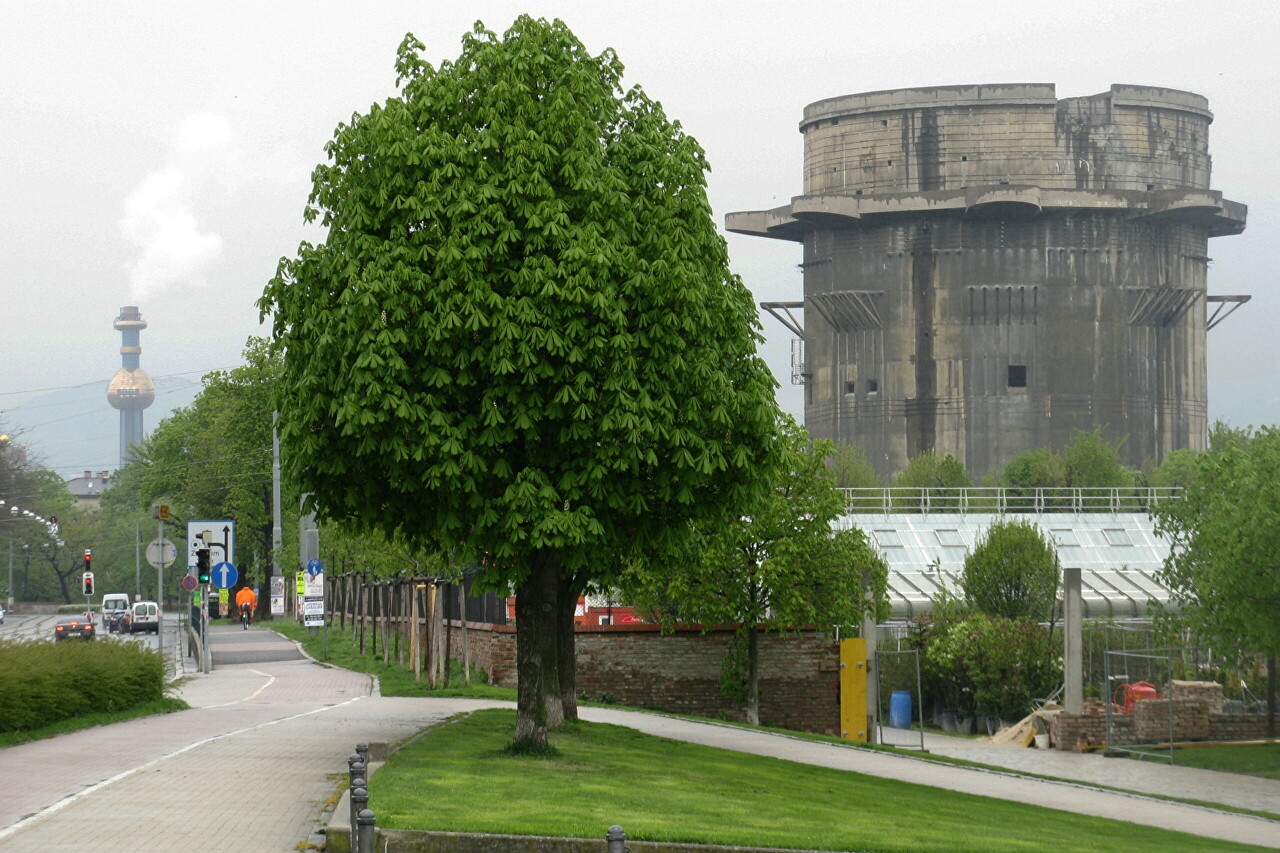
The first raid on Berlin on the night of September 26, 1940, forced the Fuhrer to sign a directive on the construction of such structures in the largest cities of the Reich - Berlin, Hamburg and Vienna. If in the first two, construction began almost immediately, then Vienna was not in a hurry - the former capital of Austria was out of reach of aviation operating from the British Isles. The first complex in Arenberg Park began to be built in 1942, the second was built in the Marijahilferstrasse area, the Augarten Park towers were built at the end of the war - from June 1944 to January 1945. By then, the Allies had landed in Italy and were raiding the southern part of the Third Reich from there.
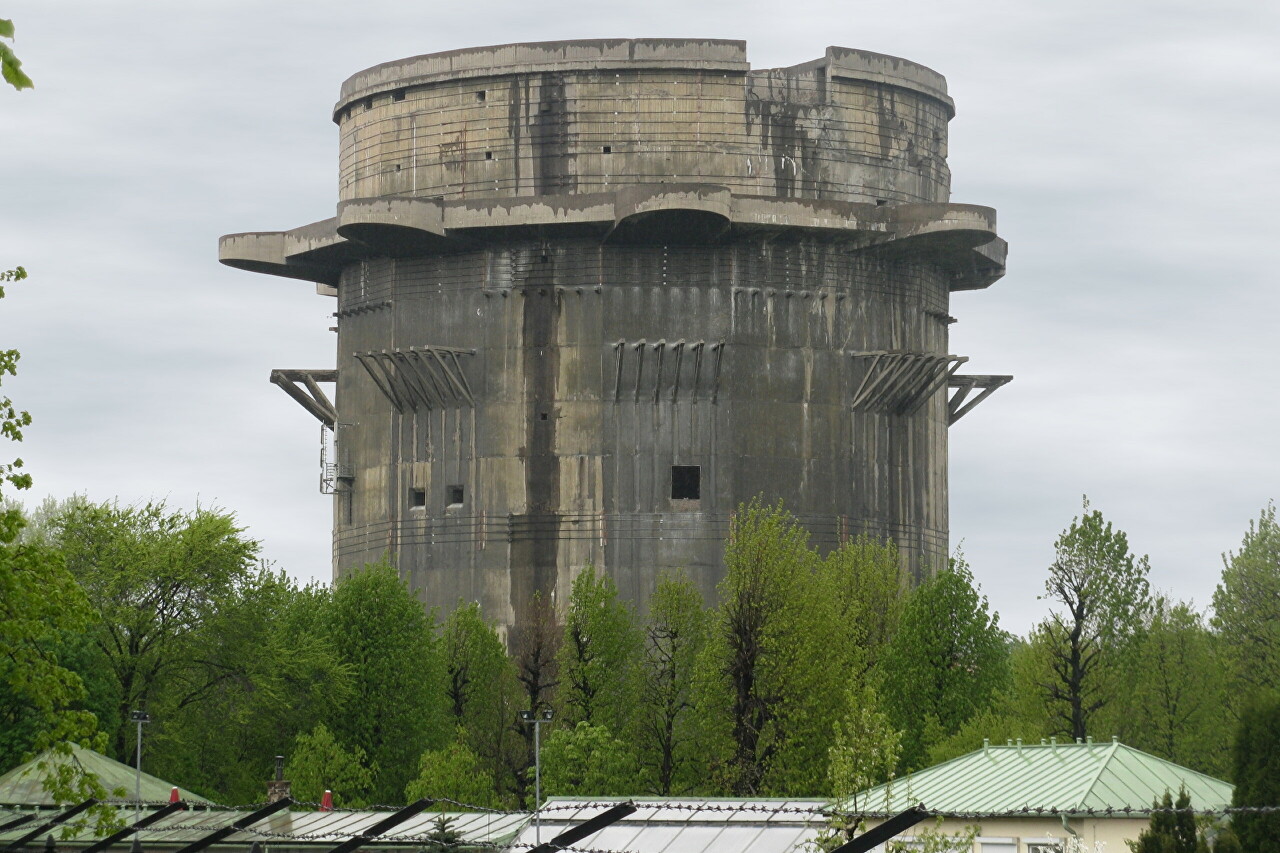
Each complex consisted of two towers: G-tower (Gefechtsturm - battle tower)- a reinforced concrete cylindrical structure with a diameter of 43 and a height of 55 meters and a thickness of the outer walls of 2.5 meters. In total, 149 thousand tons of concrete were used for construction.
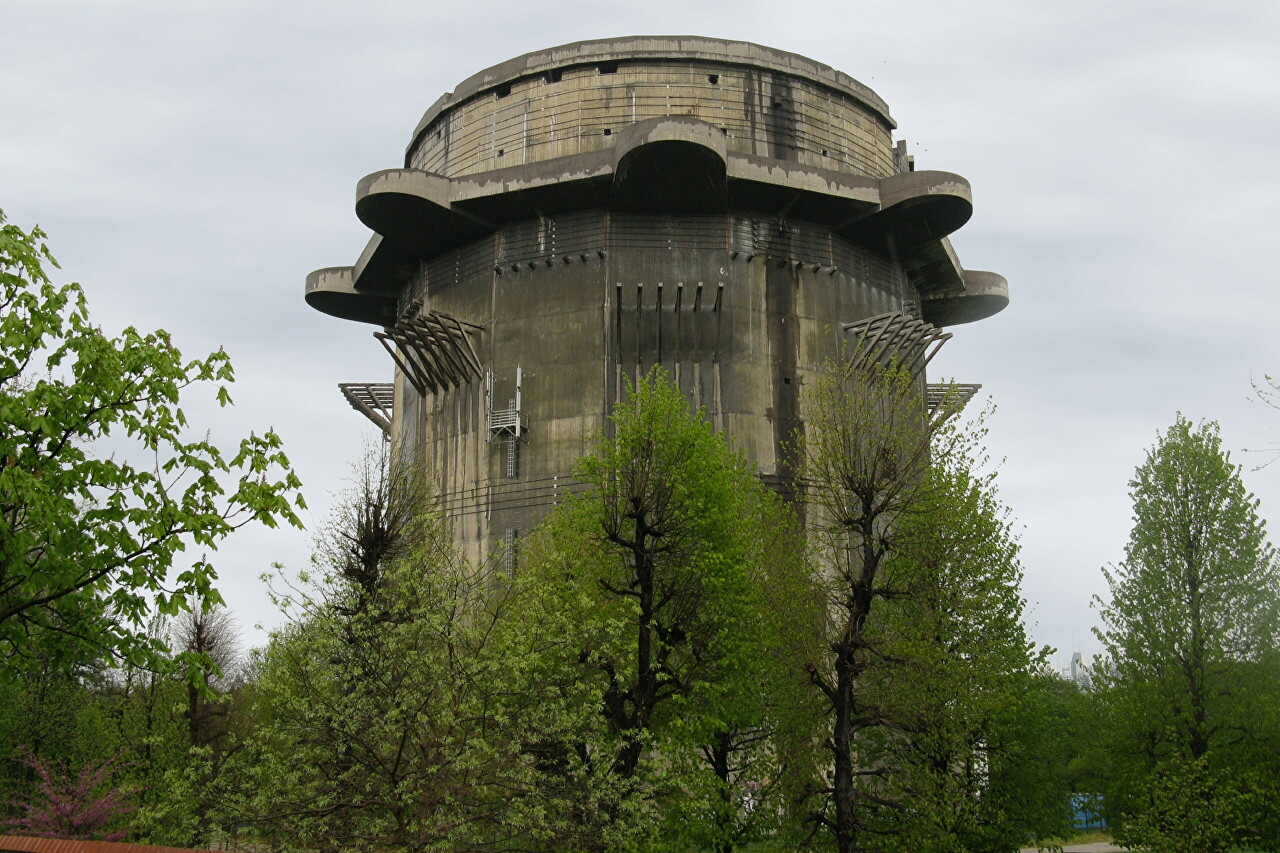
The battle tower was equipped with four heavy anti-aircraft guns. Initially, they were single-barreled 105 mm guns (FlaK 38/39), later replaced by twin 128 mm guns (Zwillingflak 42) and even later their modification ( Zwillingflak 44) and 8 20 mm quadruple anti-aircraft guns (Flakvierling 38) on the gallery surrounding the tower below the main caliber platform. Around the tower were placed 12 calculations of 20-mm single-barreled anti-aircraft guns (FlaK 38) for their own protection from low-flying attack aircraft.
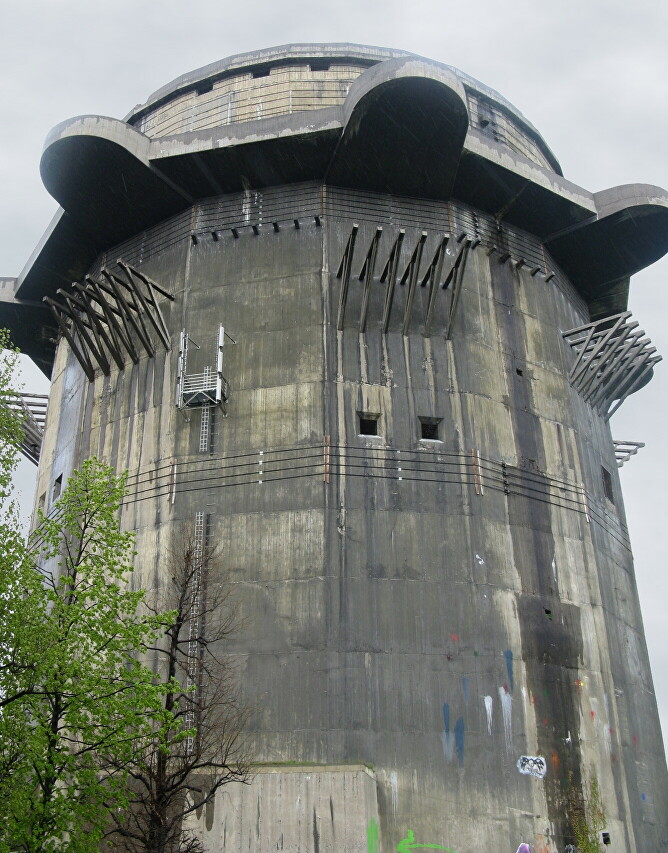
Inside the tower, in addition to ammunition depots and elevators for feeding them to the guns, there was a bomb shelter for 2000 people, a hospital, and a diesel-electric power station.
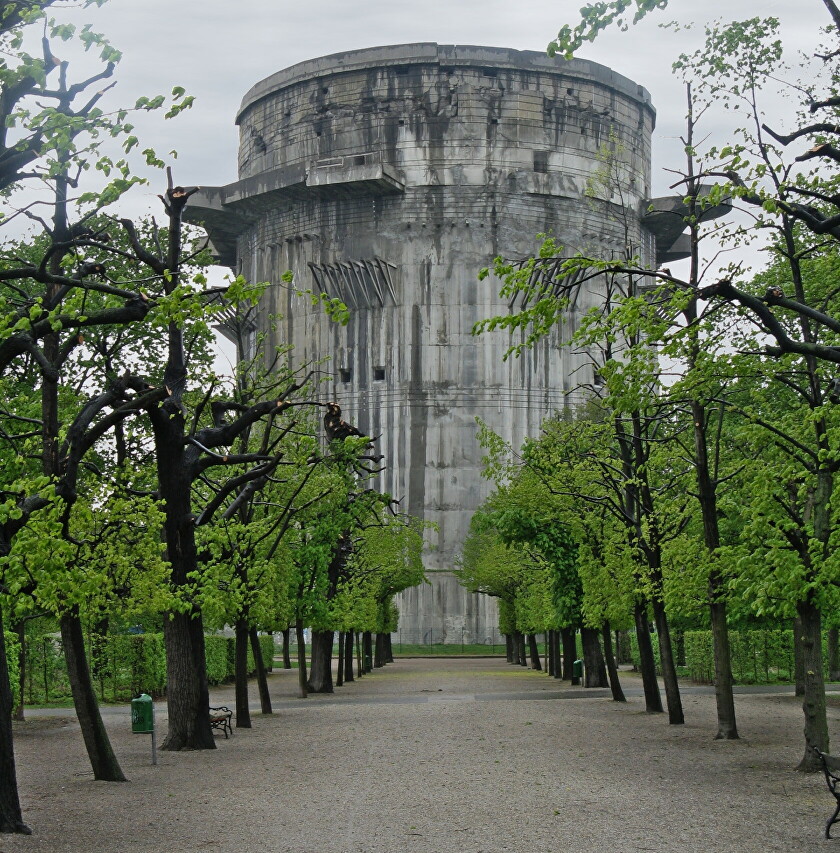
The cantilevered reinforced concrete beams were designed for repair work. Part of the gallery was never built. Interestingly, the greatest damage to the tower was caused after the war, as a result of an explosion on one of the upper tiers of ammunition stored there. The explosion destroyed the floors and internal walls, although this did not affect the external appearance of the tower. The explosion was caused by children who lit a bonfire in an abandoned building.
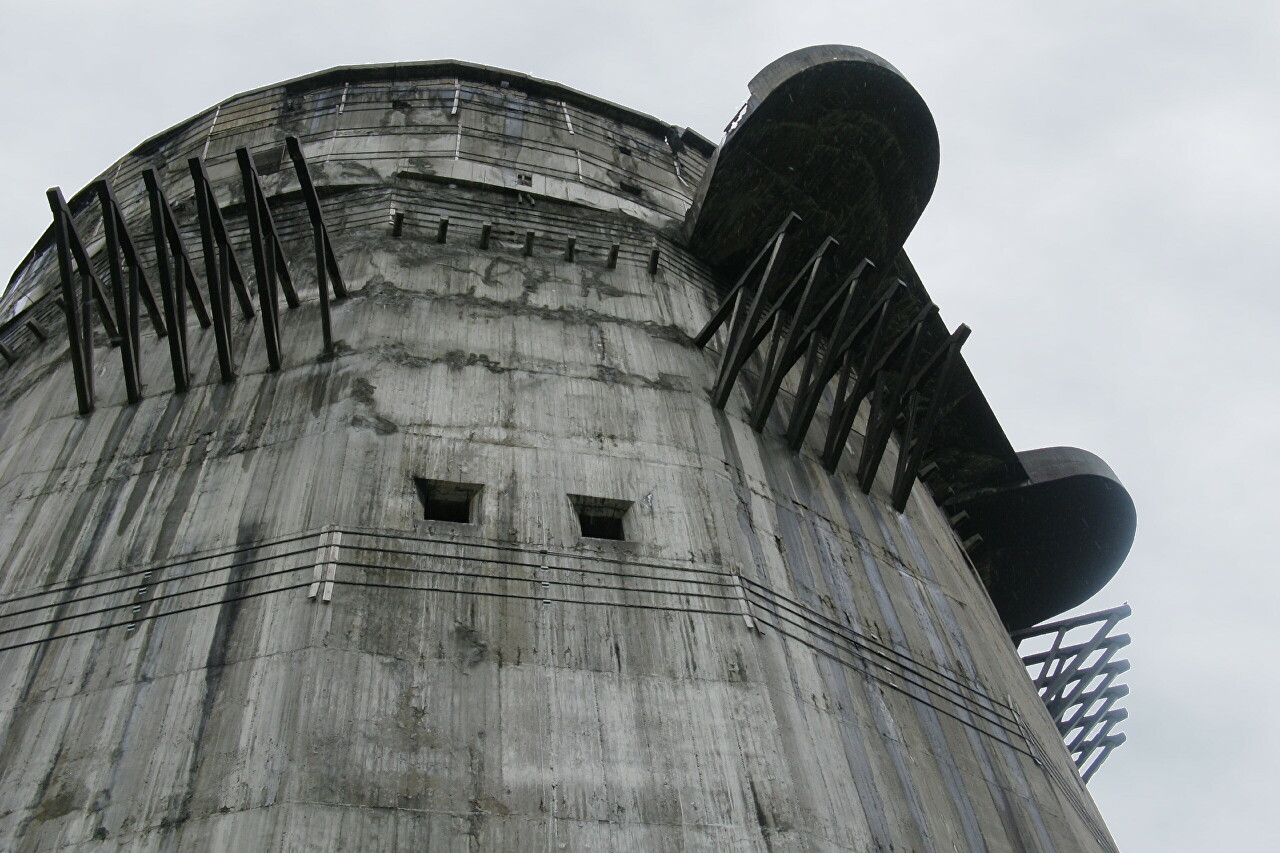
The second, L-tower (Leitturm - control tower), is located at a distance of 200 meters from the gun room. This arrangement is due to the fact that the smoke from the shots of powerful guns does not interfere with the operation of optical fire control devices. 55 thousand tons of concrete were used for the construction with a plan size of 13 by 18 meters and a height of 53 meters.
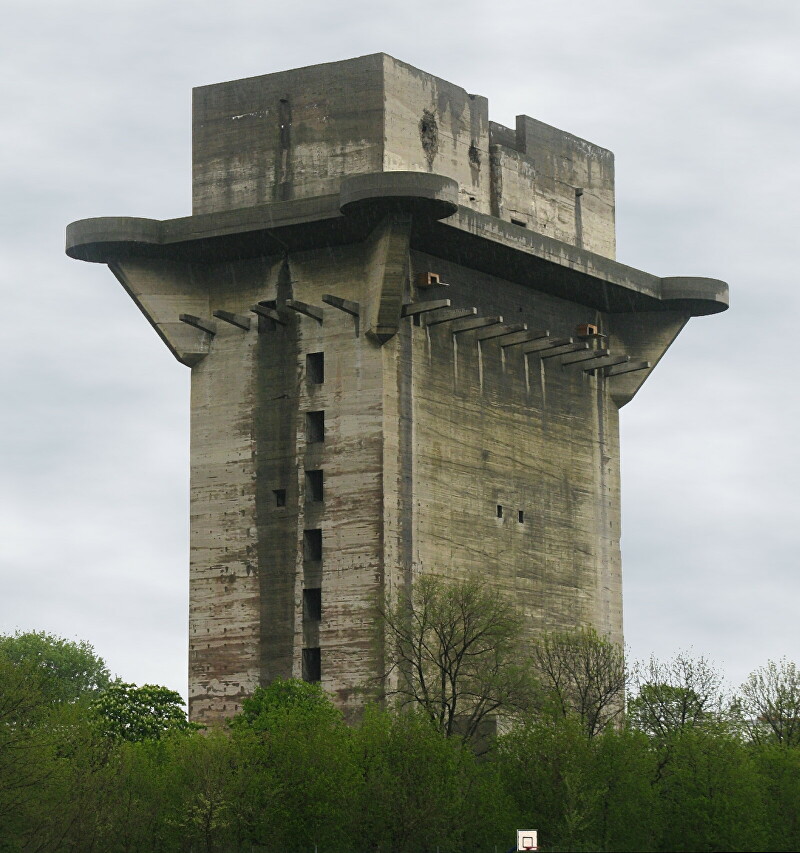
The control tower housed a command post, a computer center, support services, visual observation posts and rangefinders were located on the upper platform, while the main device was the FuMG 65 Wuerzburg-Riese radar with a range of up to 70 km. In addition, the tower had anti-aircraft searchlights. The tower was protected from attacks of attack aircraft with 12 20mm anti-aircraft guns. Data for firing was transmitted to the guns from the Kommandogeraet 40 fire control device installed at the command post of the control tower, which used optical rangefinder data in good weather, and radar data in bad weather. The towers of all bylm torex complexes are connected by communication lines and could exchange target designation data. To protect against attack aircraft, the towers had their own 20-mm submachine guns.
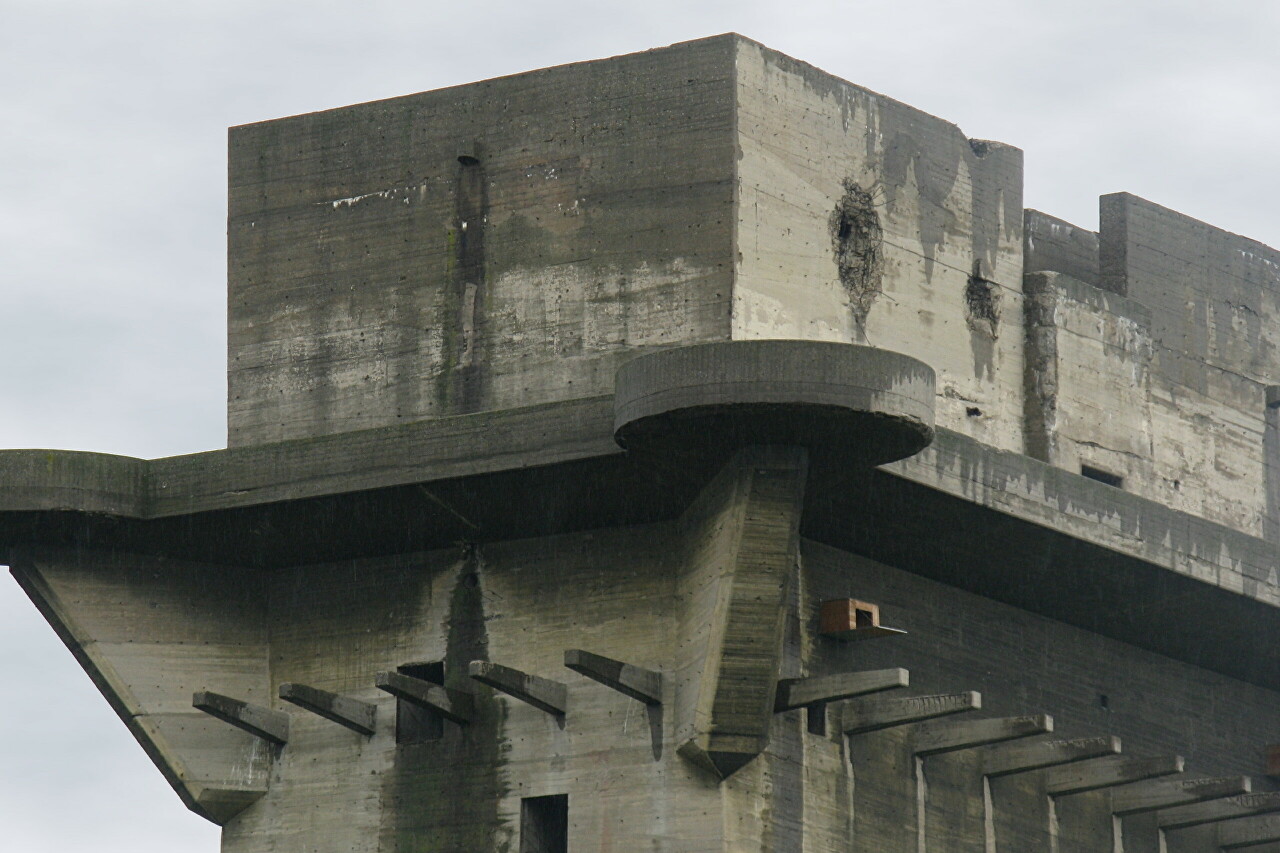
Towers of the Marijahilfer district, taken by me during other visits to Vienna: The Control Tower L-2, now houses the House of the Sea.
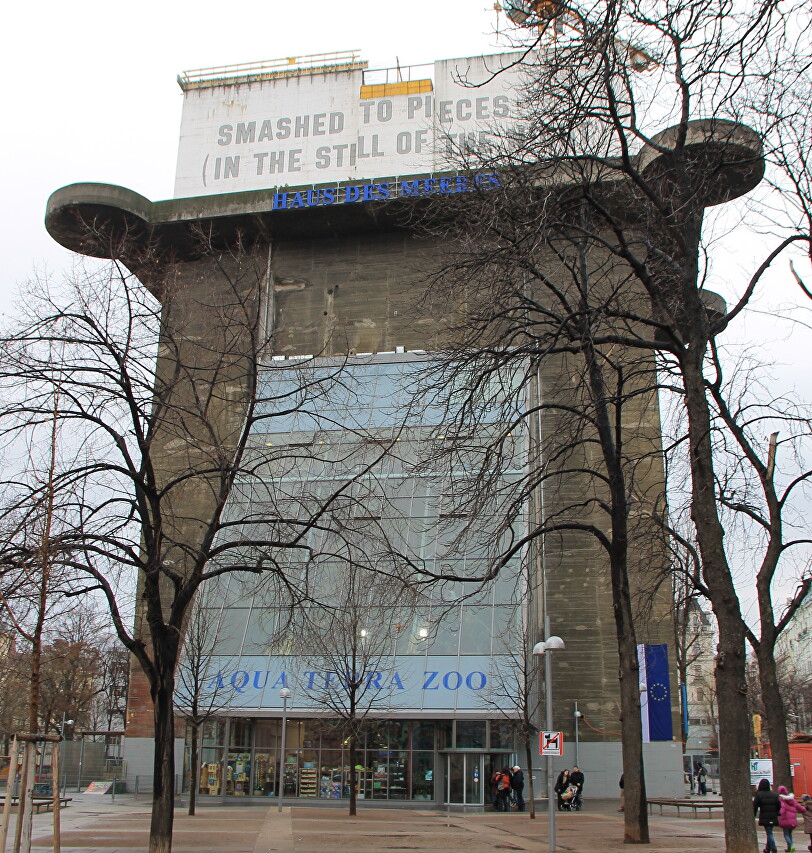
Tower G-2. I accidentally discovered the top of it while sitting on a bench in the People's Park. Attempts to get closer were not successful - the structure is closed from all sides by buildings, in the courtyards of which there is no free access.
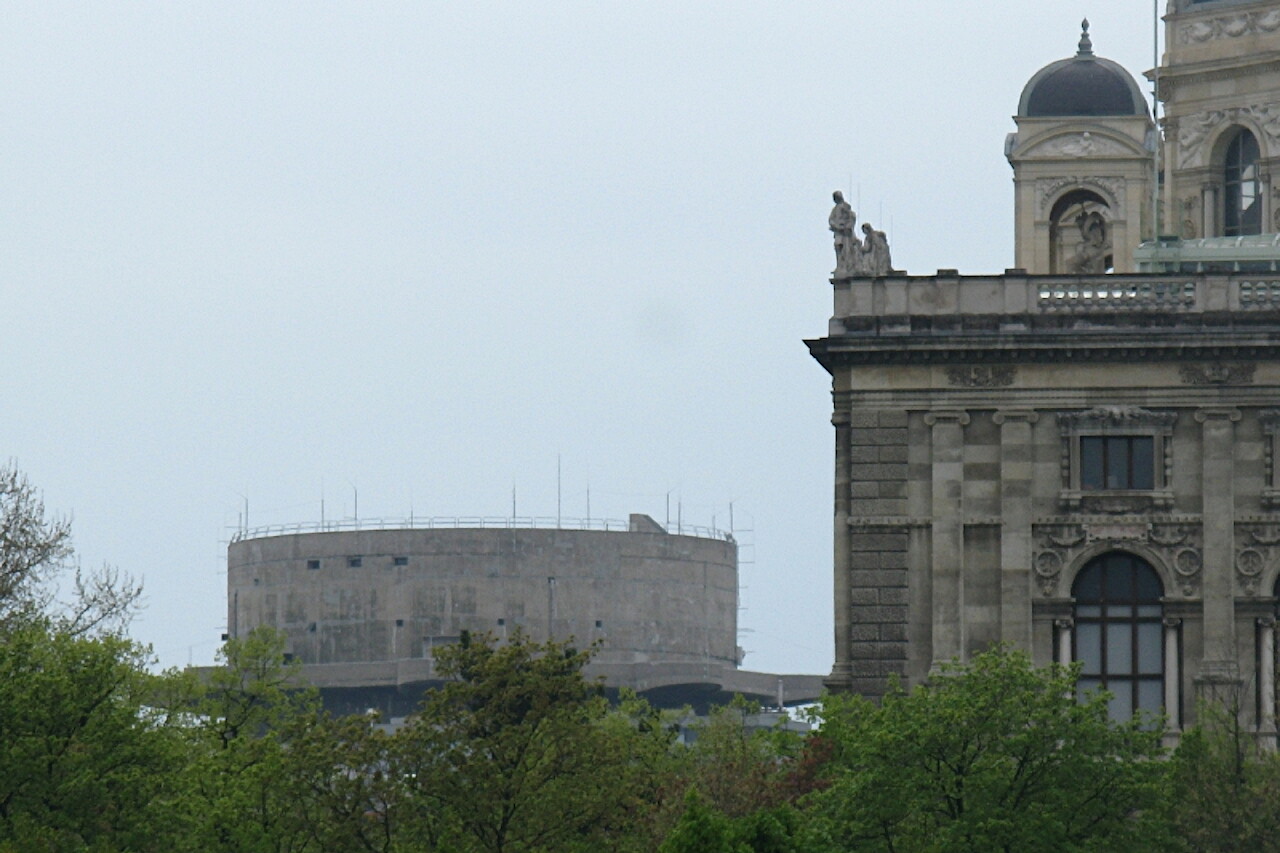
In conclusion, it is worth adding that these monsters did not live up to the hopes placed on them - at the time of their construction, the intensity of raids was such that they could no longer be resisted not by fighters, not by ground vehicles. But the Berlin towers still proved to be ground-based fortifications, becoming powerful centers of defense during the storming of the city by Soviet troops. There is evidence that about 800 122mm and 152mm shells were fired at one of the towers without any visible effect. During the same time, the tower fired about 6,000 shells at the advancing troops. Anti-aircraft turrets did a good job as bomb shelters - the thick walls saved a lot of civilian lives. According to this principle, the German engineer Leo Wickel designed several vertical air-raid shelters (Winkel Luftschutzbunker), built before the war.
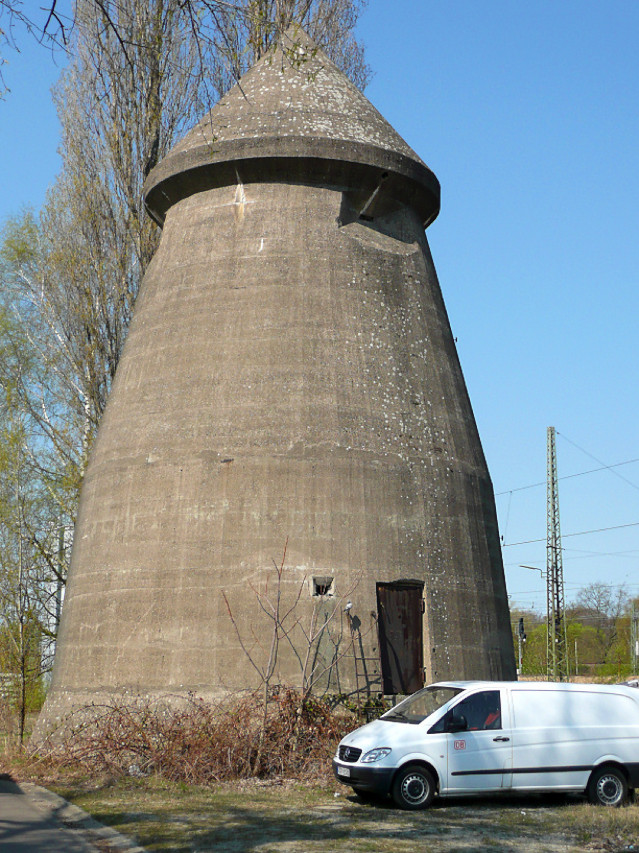
It is impossible to break through such a structure with a bomb, and explosions even at close range did not bring results. Such shelters protected not only from bombs, but also from poisoning by combustion products, which often happened in underground shelters.